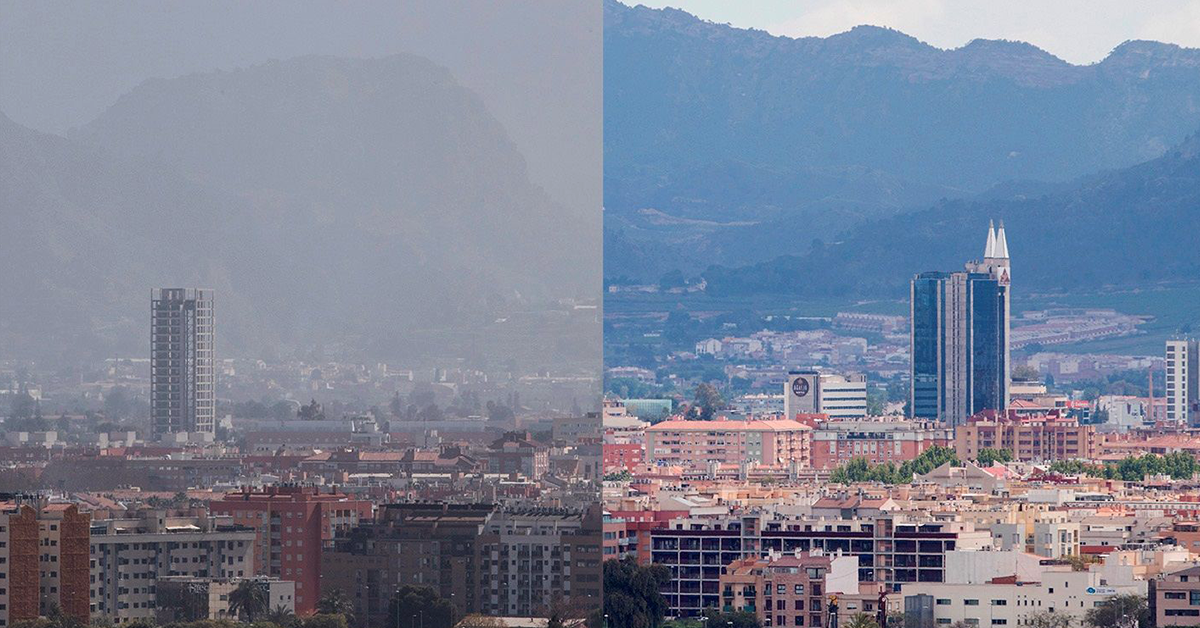September 18, 2020
by: Edwin James Calingasan
The global pandemic of the year 2020 arose many problems but what is more alarming are the threats it poses to the environment. However, it also showed that recovery is possible to slow down climate change. In efforts to slow down the spread of the disease, many countries underwent lockdowns and established new health protocols like advising the population to stay indoors or wear masks when going outside. Consequently, transportation and businesses were drastically reduced, therefore lowering emissions and noise.
After six months, the environment was able to recover but this abrupt drop in pollution might trigger a spike when everything returns to normal. Many places are already experiencing the start of what is to come, especially in developing countries. As a downside of the lockdowns, most of the population has used up their resources and the incline in work makes replenishment of supplies harder than before. This leaves a large fraction of the world vulnerable to disasters due to lesser preparations.
The main reason for this is that even though there are lesser activities outdoors, a surge of indoor and virtual activities has compensated for the lack thereof. Virtual activities on the internet for educational, work, or entertainment purposes have kept the world connected and busy during the lockdowns, but these inflict dangerous consequences in the environment. Additionally, handwashing and hygiene are also important, especially during the pandemic to lessen transmission but an influx of consumption may drain sources. However, these water sources are at greater risk now than ever as recent wastes like masks are finding their way onto oceans and rivers.
The internet has been very useful nowadays as most of the population stay indoors. However, due to an influx of usage during the past few months of lockdowns, it is expected to require more energy to maintain the necessary hardware to keep it running 24/7. This is also called internet pollution or E-pollution. This is a type of pollution caused by data centers of websites housing servers to run the internet. But like any computer hardware, they heat up and need cooling to avoid damages. This is achieved using huge cooling fans consuming large quantities of energy. Consequently, the resulting heat and carbon footprint are emitted into the atmosphere and contributing to the worsening of global warming which causes the climate to change. To lessen the carbon footprint and cost, large companies like Google and Facebook opted to renewable energy like solar energy.
Handwashing is a must nowadays especially whenever someone goes outside because the disease is transmitted mainly through droplets blown onto surfaces, but, some people wasted water as they keep the water running even though they are still scrubbing their hands with soap. Due to this, water consumption has increased during the past months to ensure cleanliness but most of the water used is wasted. This is also a concerning problem to remote areas with limited or insufficient access to water like in Africa. Conserving water is important because it also strains the sources used for drinking water which is very crucial for survival.
Whenever going outside is necessary, everyone is advised to wear Personal Protective Equipment like masks and face shields to avoid the transmission of the disease. However, due to improper wastes disposal of used PPEs, these biologically hazardous wastes find their way into water sources like the ocean and rivers. Most of these wastes are made from plastics which lasts 450 years to break down. Furthermore, if the contaminated water is not treated properly before usage, then it may cause diseases.

